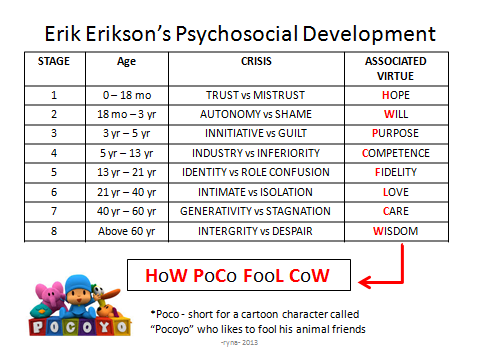Successful Treatment of Balamuthia Amoebic Encephalitis.
Balamuthia mandrillaris is a newly described pathogen that causes granulomatous amebic encephalitis, an extremely rare clinical entity that usually occurs in immunosuppressed individuals. We report a case of pathologically proven Balamuthia encephalitis with unusual laboratory and radiologic findings. A 52-year-old woman with idiopathic seizures and a 2-year history of chronic neutropenia of.Histology of Balamuthia mandrillaris. In B. mandrillaris, there is a dense dermal infiltrate with loose granulomas accompanying an infiltrate rich in plasma cells and lymphocytes (figures 2,3). Characteristically, there are multinucleated giant cells free in the dermis, outside of the loose granulomas (figure 3). The causative organisms can be extremely difficult to find. The clinical.Balamuthia mandrillaris is a rare cause of granulomatous meningoencephalitis associated with high mortality. We report a 69-year-old Caucasian female who presented with a 3-day history of worsening confusion and difficulty with speech. On admission, she was disoriented and had expressive dysphasia. Motor examination revealed a right arm pronator drift.
Balamuthia mandrillaris (B. mandrillaris) is an amoeba that lives in water and soil. B. mandrillaris was first discovered in 1990 and has been associated with more than 100 cases of disease since then. Infection with B. mandrillaris has been reported in South, Central, and North America, Asia, Australia, and Europe but remains a rare cause of.Balamuthia mandrillaris is a pathogenic free-living amoeba that causes a rare but almost always fatal infection of the central nervous system called granulomatous amoebic encephalitis (GAE). Two.

Scientific Classification Naegleria. And Balamuthia mandrillaris (Qvarnstrom et. al, 2006). This could prove to be an incredibly efficient diagnostic test. Treatment Currently, if N. fowleri infection is diagnosed or suspected treatment Amphotericin B is the standard of care. Amphotericin B is a polyene compound that disrupts selective permeability of plasma membranes. It is administered.












